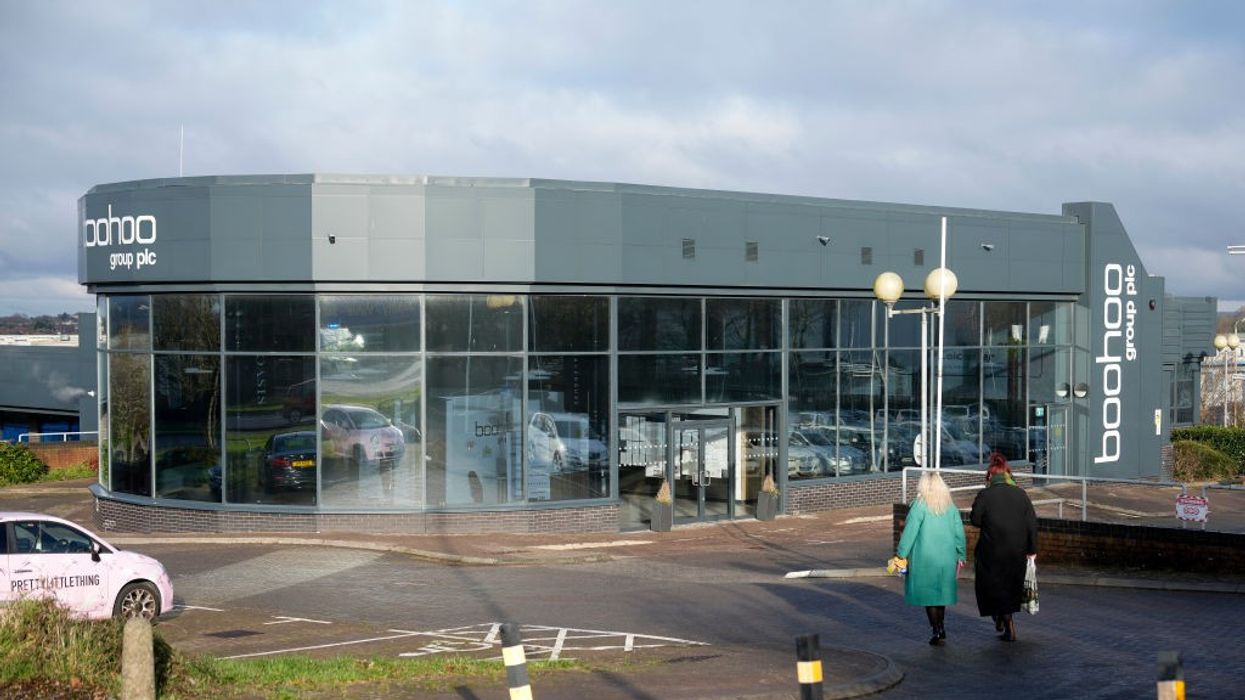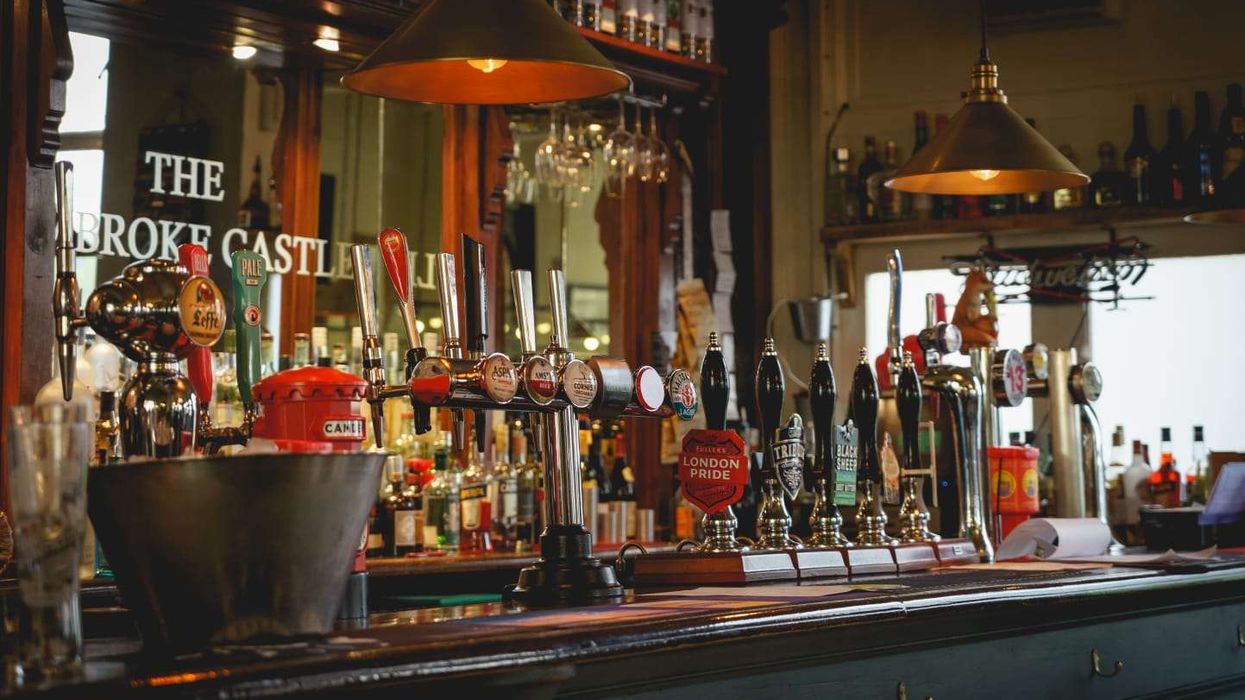Bakery chain Greggs is trialling a move to place food and drink items behind the counter at selected stores in a bid to reduce shoplifting and anti-social behaviour.
The company confirmed that a small number of its branches, including locations in Whitechapel, Peckham and Ilford in east London, have begun testing the new layout. These stores have reportedly experienced higher levels of theft and disruptive behaviour, prompting the temporary shift.
A spokesperson for Greggs said: “We are trialling some changes at a small number of shops that are exposed to higher levels of anti-social behaviour. Customers can still expect to see our full range behind the counter. The safety of our colleagues and customers remains our number one priority.”
Greggs operates more than 2,600 outlets across the UK, and it is not expected that this change will be adopted across all of them. However, the company may expand the policy to other stores where theft is a recurring issue.
The move comes amid a nationwide rise in retail theft. According to the Office for National Statistics, police recorded 516,971 shoplifting offences in 2024 — a 20% increase compared with the previous year. Industry figures, however, suggest the actual scale of shop theft is far greater.
The British Retail Consortium (BRC) reported that there were 20.4 million instances of theft in the year to September 2024, up from 16.7 million the previous year — a rise of 3.7 million. Retailers have also expressed growing concern over organised shoplifting operations.
Some supermarket and high street chains have cited incidents involving groups using Bluetooth headsets to coordinate thefts, setting off alarms as a distraction to enable accomplices to flee with goods.
Andy Higginson, chair of JD Sports and of the BRC, said some criminals treat shoplifting as a “way of life”.
“There is an element of society that is starting to take stealing from stores as a way of life and that needs to be stopped,” he told the BBC. He also dismissed the notion that shoplifting was being driven by cost-of-living pressures, arguing that stolen items were often high-value goods intended for resale, rather than necessities.
However, others in the retail security sector say the profile of shoplifters has changed in recent years. John Nussbaum, director of service for retail at Kingdom Security, said his staff have witnessed a sharp rise in thefts carried out by older individuals and families.
“We’ve seen a massive increase in pensioners shoplifting, putting a jar of coffee in their bag and one in the trolley, that sort of thing,” he said. “We’ve had instances of mothers caught shoplifting when they're with their kids.”
Nussbaum noted that incidents of shoplifting have become more varied since the pandemic, with economic pressures contributing to an increase in people who would not typically be involved in theft.
The trial at Greggs reflects a wider trend among retailers to adapt their store operations in response to increasing retail crime and staff safety concerns.













